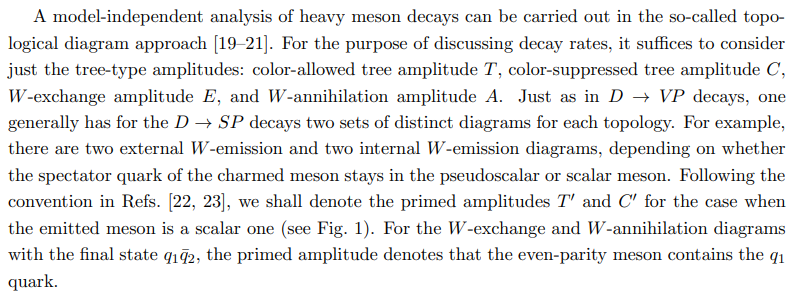Aug 29th, 2024
The Standard Model CP Violation is Enough
G. Elor et al.
Is the Standard Model Charge-Parity (CP) violation ever enough to generate the observed baryon asymmetry? Yes! We introduce a mechanism of baryogenesis (and dark matter production) that can generate the entire observed baryon asymmetry of the Universe using only the CP violation within Standard Model systems - a fête which no other mechanism currently proposed can achieve. Baryogenesis proceeds through a Mesogenesis scenario but with well motivated additional dark sector dynamics: a morphon field generates present day mass contributions for the particle mediating the decay responsible for baryogenesis. The effect is an enhancement of baryon production whilst evading present day collider constraints. The CP violation comes entirely from Standard Model contributions to neutral meson systems. Meanwhile, the dark dynamics generate gravitational waves that may be searched for with current and upcoming Pulsar Timing Arrays, as we demonstrate with an example. This mechanism, Mesogenesis with a Morphing Mediator, motivates probing a new parameter space as well as improving the sensitivity of existing Mesogenesis searches at hadron and electron colliders.
Testing the lepton content of the proton at HERA and EIC
L. Da Rold et al.
Although protons are baryons with an overall vanishing lepton number, they possess a non-trivial leptonic content arising from quantum fluctuations which can be described by lepton parton distribution functions (PDFs) of the proton. These PDFs have been recently computed and can be used to define lepton-induced processes at high-energy colliders. In this article, we propose a novel way to test the computation of lepton PDFs of the proton by analyzing both non-resonant di-lepton and resonant Z gauge boson production processes induced by leptons within the proton at proton-electron colliders like HERA and EIC. Despite the fact that lepton PDFs of the proton are known to be small, this work demonstrates that both processes imply a measurable yield of events at HERA and EIC, which could be used to test these PDFs.
From strange-quark tagging to fragmentation tagging with machine learning
Y. Kats, E. Ofir
We apply advanced machine learning techniques to two challenging jet classification problems at the LHC. The first is strange-quark tagging, in particular distinguishing strange-quark jets from down-quark jets. The second, which we term fragmentation tagging, involves identifying the fragmentation channel of a quark. We exemplify the latter by training neural networks to differentiate between bottom jets containing a bottom baryon and those containing a bottom meson. The common challenge in these two problems is that neither quark lifetimes and masses nor parton showering provide discriminating tools, making it necessary to rely on differences in the distributions of the hadron types contained in each type of jet and their kinematics. For these classification tasks, we employ variations of Graph Attention Networks and the Particle Transformer, which receive jet and all constituent properties as inputs. We compare their performance to a simple Multilayer Perceptron that uses simple variables. We find that the more sophisticated architectures do not improve s-quark versus d-quark jet differentiation by a significant amount, but they do lead to a significant gain in b-baryon versus b-meson jet differentiation.
Tetraquark nature of the a0(980) meson in hadronic D decays
Hai-Yang Cheng et al.

Tetraquark nature of the a0(980) meson in hadronic D decays
Hai-Yang Cheng et al.

